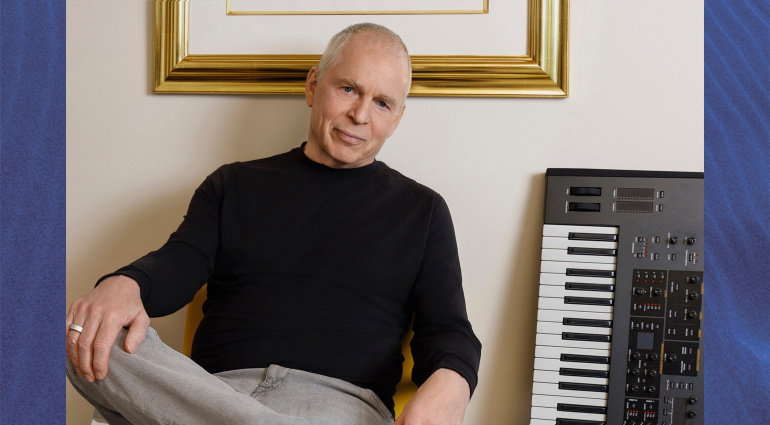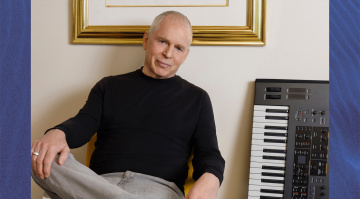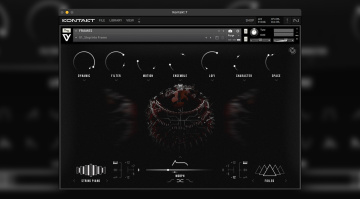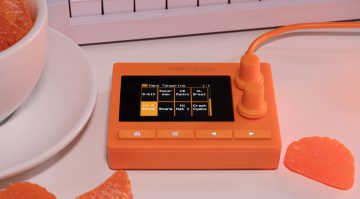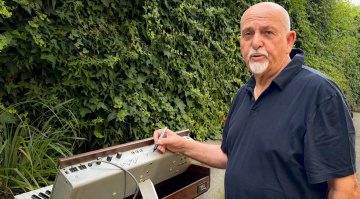Peter Baumann: An Interview With a Berlin School Legend
Go back to the Berlin School with a master of the genre.
Peter Baumann, formerly of Tangerine Dream, has a new album out. We spoke with him to find out the gear he uses, his creative process, and how synthesizers fit in with human evolution. Really.
Peter Baumann Interview
Peter Baumann is something of a living legend. He may be best known for having been a member of Tangerine Dream during its firing-on-all-cylinders Virgin years, being present for the recordings of such landmark albums as Phaedra and Rubycon. His musical output didn’t stop when he left the band in 1977, though. He’s maintained an ongoing solo career, with his latest album, Nightfall, out now. A modern take on the classic Berlin School, it’s a heady and satisfying slice of kosmiche transported into the 21st century.
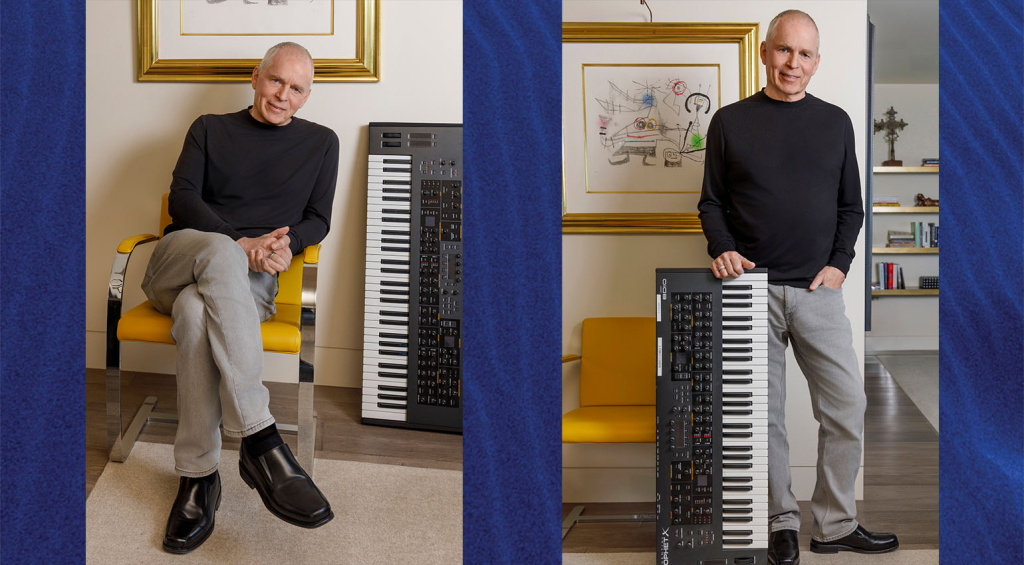
We caught up with Peter Baumann to talk about that album and, being Gearnews, also about his gear: his synthesizers and plugins and compositional process. And, he being Peter Baumann, also about philosophy and human evolution.
Peter Baumann: Nightfall
Gearnews: Let’s talk about your new album, Nightfall. What is the main gear that you used on your new album?
Peter Baumann: Mostly virtual instruments with Cubase, and then I used a Moog Matriarch, a Waldorf vocoder (STVC), and a Nord Wave.
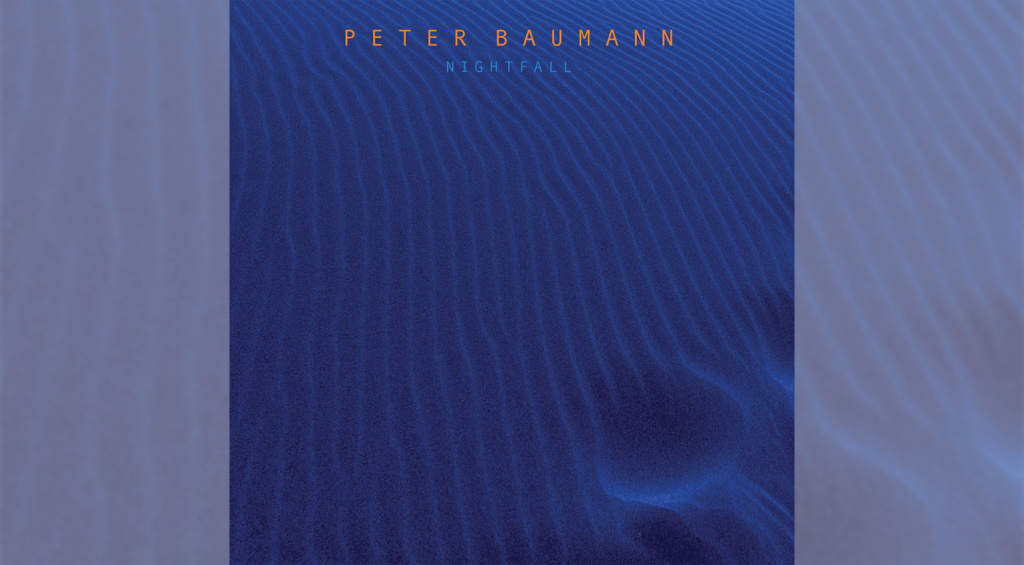
GN: Why did you choose to use that gear?
PB: I had it, simple enough. I have a couple of keyboards lying around. It’s more instinct than anything. I just grab one and see if it fits.
GN: Do you choose the synth based on the song you want to make, or does the song develop out of the gear?
PB: Both. It’s like a back-and-forth. If you’ve worked with a certain instrument for a while, you get a feel for what you are most fond of in the instrument. It’s a sound that’s sometimes a simple sound, sometimes it’s a complex sound or a lead sound. I try it out, and then if it fits, great. If not, then I’ll try another one.
GN: Is there a certain kind of synthesis that you prefer?
PB: You know, that’s a difficult question, because I really work a lot on instinct, but there are certain instruments that I feel harmonize or they act better together than other instruments. For instance, if you have very complex sounds, you usually want to have a simple sound to upset it, and not another complex sound.
GN: You put it together as it develops?
PB: Yes, it’s really a fun way to work. I mean, I enjoy it at least, and it works very well if you’re on your own. It’s more difficult if you work in a band. There you have improvisation, but when you work alone, I find that I usually either have an idea for a melody or for a rhythm track or a bass, but for me, ultimately, what matters is the mood. They are just some instruments that I feel express a certain mood better than others.



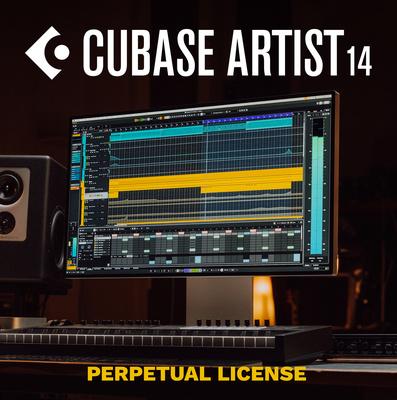

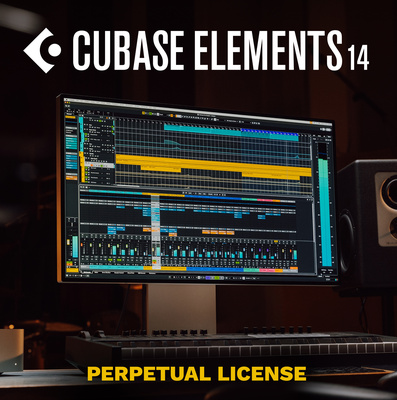

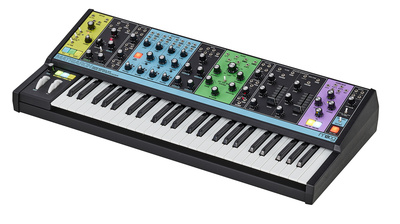

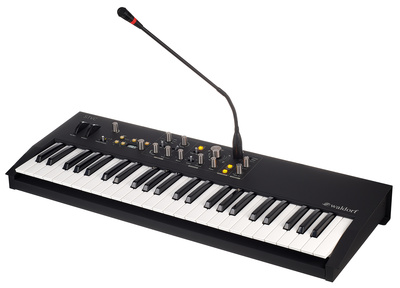

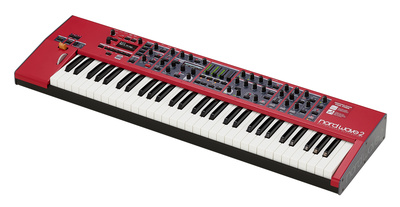
Peter Baumann: Improvising and Tangerine Dream
GN: You famously improvised live with Tangerine Dream. Do you still improvise when you’re making music?
PB: Basically, yes. I start with something and then I improvise on top of it, and sometimes I keep it, sometimes I extend it, or I repeat it, but yeah, I like when music organically emerges, rather than trying to put it together in my head.
GN: Do you find that modern gear is conducive to improvisation compared to the kinds of things you were using back in the ‘70s with Tangerine Dream?
PB: Well, the biggest difference is that today you can store the sounds, and that has an advantage and a disadvantage. By really creating the sounds in real time in the ‘70s, you came up sometimes with unique ways in how it sounded that you wouldn’t normally get to because the default is always to use what has worked before, like a pre-programmed sound. So that’s a big difference.
The same with the recording today. With Cubase, you have basically unlimited tracks and unlimited editing, and with live improvisation, you couldn’t edit, and you had basically three tracks. Sometimes you could have a sequencer run and play on top of it, so maybe we had four or five tracks, but that was it. That was the limit of playing live. But now, the sky is the limit.
GN: What is your all-time favorite piece of gear?
PB: I would say it’s the Minimoog. It has such a character, and it’s the filters in the Minimoog that are, I think, unmatched. I mean, there’s nothing that sounds like a Minimoog. To me, the Minimoog is like a classic car. You just can’t go wrong with it.
GN: What gear did you mostly play in the classic Tangerine Dream period?
PB: I had a custom-made big (modular) from Projekt Elektronik, and they designed oscillators, filters, all the usual stuff. But I added some unique sequencing capacities. For instance, the classic Moog sequencer didn’t have any quantization in it, so you would have to tune it as you were going ahead. That’s very difficult, if you have a sequence running, to tune it while the sequence is running. And I had added a precursor for what you have today as quantizing, so I had an octaves and a half note step for every single sequence and every single step in the sequence, so I could very easily go an octave up or down or half a note or full note or whatever up and down live. That was really a big advantage over the original Moog sequencer.

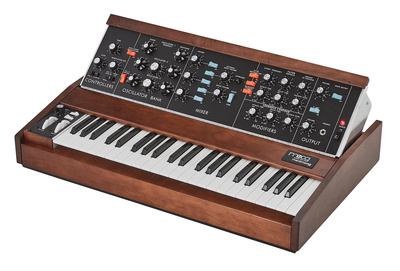
Peter Baumann: On Effects
GN: How big of a role did effects play in Tangerine Dream, and what was your favorite effect?
PB: I see effects as being part of the instrument. When we recorded Phaedra in the studio, it was vital to have the effects. In those days, we used a lot of tape delays and a lot of different plates and some digital delays, some phasers and different vibration and distortion units, but I find that ultimately, I use them exactly like an instrument.
GN: And how about effects now? Do you use plugins? Do you still use them as an instrument?
PB: Absolutely. It’s amazing how much an effect changes the mood of any sound. If you have short or long delays on it, if you first put it through a reverb and then a delay, or if you phase it… Today, you have like hundreds of different effects, and I try different ones. Sometimes I want to make it just a very distant sound, and then I use a long pre-delay and some reverb on it. It’s absolutely important to me. I mean, I can’t imagine ever recording without any effects.
GN: Can you name a couple of the plugins that you used on your new album?
PB: You know, once I have them in there, I hardly remember them. I have the (AudioThing) Fog Convolver, I remember that one. Then I have DB88, a Leslie kind of effect. And Cubase has a number of effects in there already. And some of the instruments have some effects like the Nord Wave has a delay and also a reverb, a pretty crappy reverb. But sometimes that’s just what you want. Sometimes you want a crappy reverb!
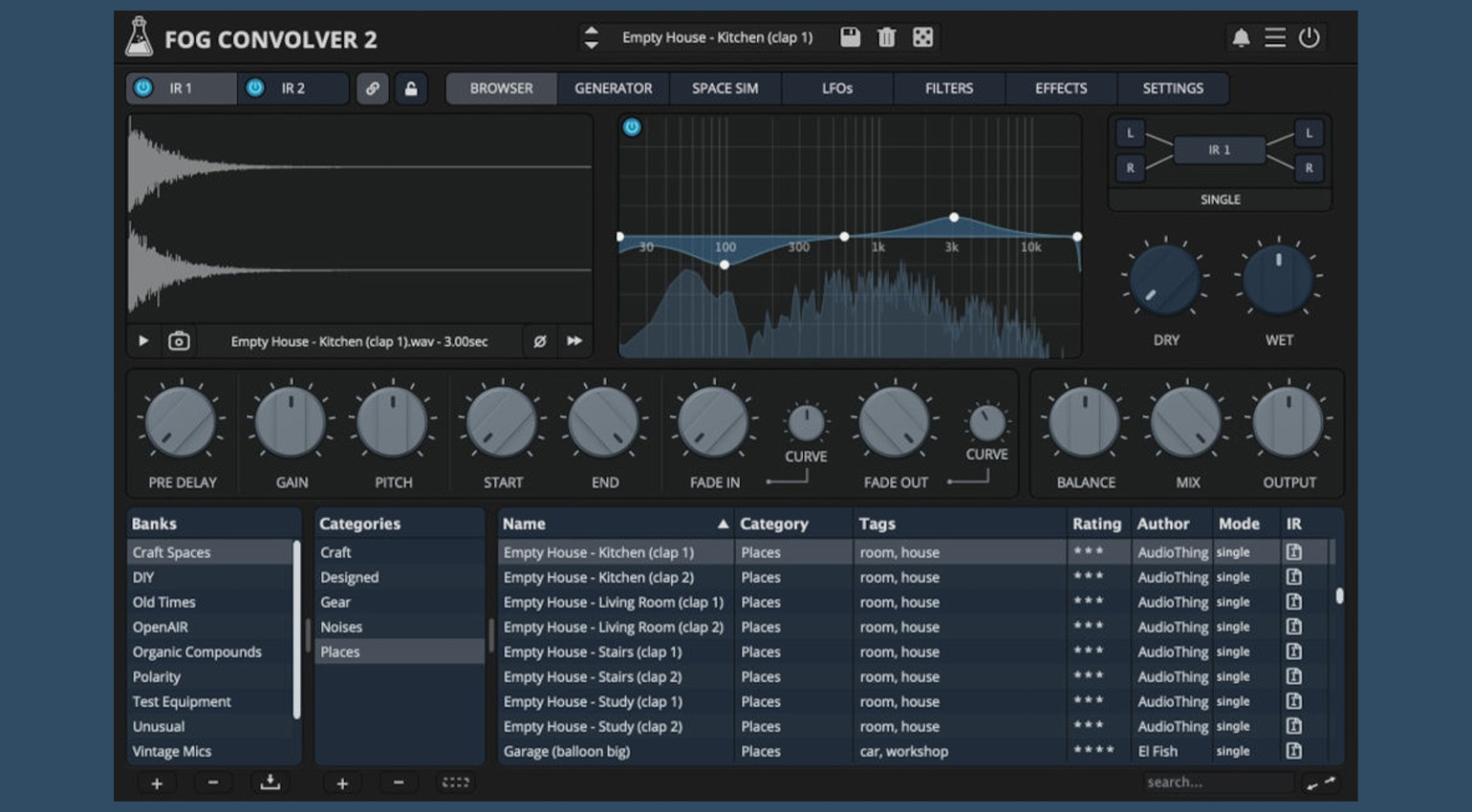
Peter Baumann: Back to Berlin School
GN: You’ve said that you like instrumental music because there’s no set narrative. What do you love about instrumental synthesizer music specifically?
PB: If you go to classical instruments, whether it’s a guitar or conventional drums, or even classical orchestral instruments, they have a pretty well-known sound in terms of what you expect. Violins just have a different vibe than a trumpet. And there’s an association with those classical instruments. And with electronic instruments, it sounds similar and you use them similarly for leads and for pads and for bass, but they are not as recognizable. You just recognize them as an artificially created sound. They’re not really sounds that you play with your hands.
GN: So you like it because it’s a new kind of sound, or it’s something that the listener hasn’t heard before?
PB: Yes. It’s far less predictable, and there are far fewer associations with it.
GN: On the new album and in your body of work in general, a lot of your songs have a steady progression. I guess that’s part of the Berlin School style. But what is it about that steady progression that you like?
PB: I think it’s really how we respond in life to certain things. I mean, movies usually build up tension and, you know, in conversations, you have tension and you have release and you have tension again. That can be steep or mellow, or it could be a tension and then a release, and then a bigger tension. But it’s usually about how dense you want to make it, and how intense, and then how laid back.
Peter Baumann: The Philosophy of Synthesizers
GN: How do gear and instruments fit into your other interests like philosophy, science and evolutionary theory, things that you research as part of your Baumann Foundation think-tank? Can we draw a parallel between synthesizers and human evolution?
PB: Yes, I’ll give you one example in evolution. It’s a physical fact that high sounds don’t travel as far through the air as low sounds. If you hear a deep sound, it’s usually much further away than a high sound, like a fly next to your ear is buzzing, and you know it’s close. You don’t hear a fly from 20 feet away. This is one example of how it’s related to evolution.
Another one is, of course, rhythm, and that’s the heart rhythm, you know, and it’s just a pattern (of) how we relate to life. Philosophically, for me, the principle is that I like the mood more than anything else. I don’t like story as much as mood. And usually a mood that is a little bit dark with some highlights on top. I think that we (humans) grew up when it was dark. And there were just some highlights here and there. Today we have artificial light, but that wasn’t around when we grew up as a species.

 4,7 / 5,0 |
4,7 / 5,0 | 